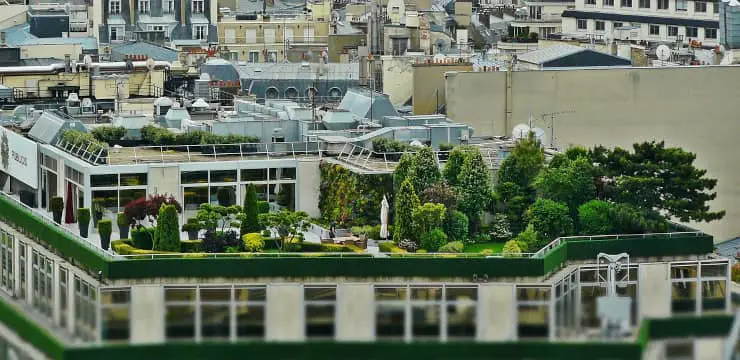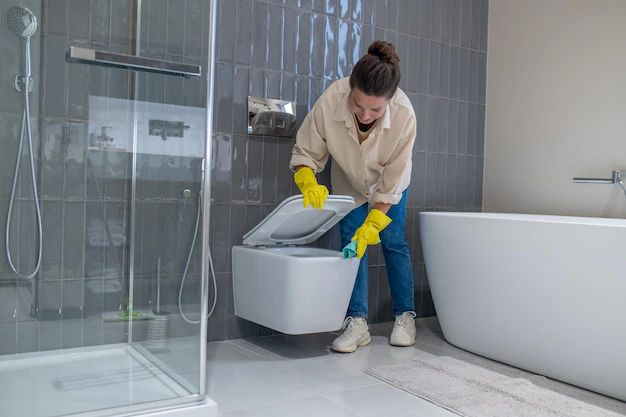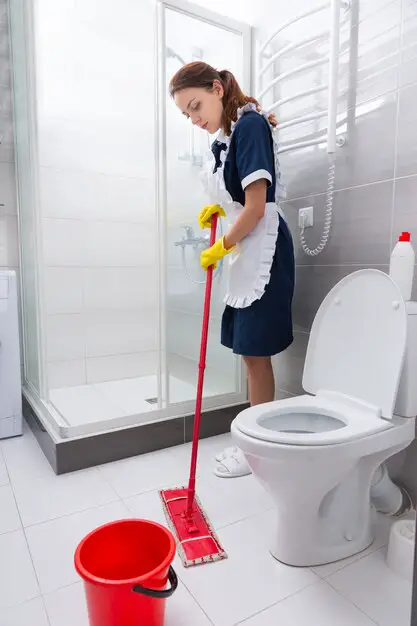Looking to start a city garden? This article outlines the requirements for successful urban gardening. From choosing the right location to understanding the basic needs of your plants, I describe everything you need to know to get started.
Discover the benefits of city gardening and learn about the essential tools and materials you’ll need to create a thriving urban oasis. Whether you’re an experienced gardener or just starting out, this guide will help you grow healthy plants in even the smallest of spaces.
Table of Contents
Introduction: Benefits of City Gardening
City gardening is a popular trend that has been gaining momentum in recent years. It involves growing plants, vegetables, and herbs in small spaces within urban areas. The benefits of city gardening are numerous, including access to fresh produce, reduced carbon footprint, and improved mental health.
1. Allows you to grow your own food
One of the main advantages of city gardening is the ability to grow your own food. With the rising cost of groceries, having a garden can help you save money on produce while also ensuring that you have access to fresh, healthy options.
Growing your own food also ensures that you can grow your food without using harmful chemicals such as commercial pesticides that cause many kinds of cancers. You become more aware of the dangers of ingesting these harmful substances that will threaten your health.
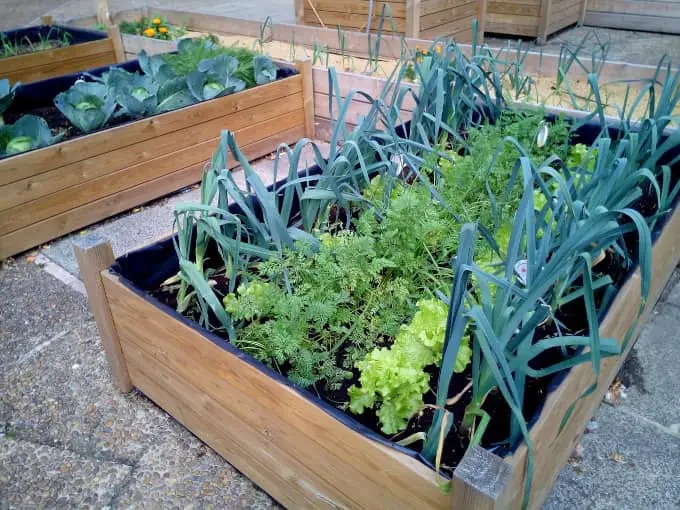
2. Reduces your carbon Footprint
Additionally, city gardening can reduce your carbon footprint by decreasing the distance your food travels from farm to table. In the process, you save on gas, help decongest traffic, and conserve energy. City gardening makes you environmentally friendly.
3. Positive impact on mental health
Another benefit of city gardening is the positive impact it can have on mental health. Gardening has been shown to reduce stress levels and improve overall well-being. It provides a sense of accomplishment and satisfaction as you watch your plants grow and thrive.
Overall, city gardening is a rewarding and beneficial activity that can be enjoyed by anyone, regardless of their level of experience or space limitations.
In the following sections, we will explore how to choose the right location for your garden, essential tools and materials needed for success, and how to meet the basic needs of your plants.
How to Choose the Right Location for Your City Garden
When it comes to city gardening, choosing the right location is crucial for the success of your plants. Here are the things to look out for.
1. Amount of sunlight available
The first thing to consider is the amount of sunlight your garden will receive. Look for a spot that gets at least six hours of direct sunlight each day.
If you don’t have a sunny spot available, consider using containers that can be moved around to follow the sun. Old containers like oil cans, flour buckets, or large glass containers will suffice. If you have difficulty finding used containers you want to try sturdy concrete containers designed according to your specifications.
2. Water availability
Another important factor to consider is access to water. Your garden should be located near a water source, such as a hose or faucet.
If this isn’t possible, you may need to invest in a rain barrel or other water collection systems. You may use greywater to water your veggies to reuse your wastewater.
3. Type of soil in the chosen location
It’s also important to think about the type of soil in your chosen location. Most plants prefer well-draining soil that is rich in nutrients. If your soil is poor quality, you may need to amend it with compost or other organic matter.
4. Avoid hazards
Consider any potential hazards in your chosen location, such as pollution or exposure to harsh weather conditions. These factors can negatively impact the health of your plants and should be avoided if possible.
By taking the time to carefully choose the right location for your city garden, you’ll set yourself up for success and enjoy a thriving urban oasis in no time.
6 Essential Tools and Materials for Successful City Gardening
When it comes to city gardening, having the right tools and materials is crucial for success. Here are some essential items that you’ll need:
1. Containers
Since space is limited in urban areas, most city gardeners use containers to grow their plants. Choose pots or containers that are large enough to accommodate your plants’ root systems.
The bigger the plant upon maturity, the bigger the container. It just makes sense to consider this as a guide.
2. Soil
The quality of soil is important for healthy plant growth. Use a high-quality potting mix that contains nutrients and has good drainage. Avoid clay soil as this type of soil prevents aeration and can damage plant roots as well as make the soil acidic due to waterlogging.
3. Watering can or hose
Watering can or hose: Plants need water to survive, so make sure you have a watering can or hose to keep them hydrated.
Water is a very important requirement that you should not forget. If plants don’t get enough water, the leaves will wilt, and plants are unable to undertake photosynthesis as an essential process to produce food to grow the plants.
4. Fertilizer
Plants require nutrients to thrive, and fertilizers provide those nutrients. Choose a fertilizer that is appropriate for the type of plants you’re growing.
5. Pruning shears
Regular pruning helps keep plants healthy and encourages new growth. Invest in a good pair of pruning shears to keep your plants in top shape.
6. Gardening gloves
Protect your hands from cuts and scratches by wearing gardening gloves while working with your plants. Wearing these protective gloves ensures you are safe from infection whenever you happen to accidentally injure your finger, hands, or any part of your body.
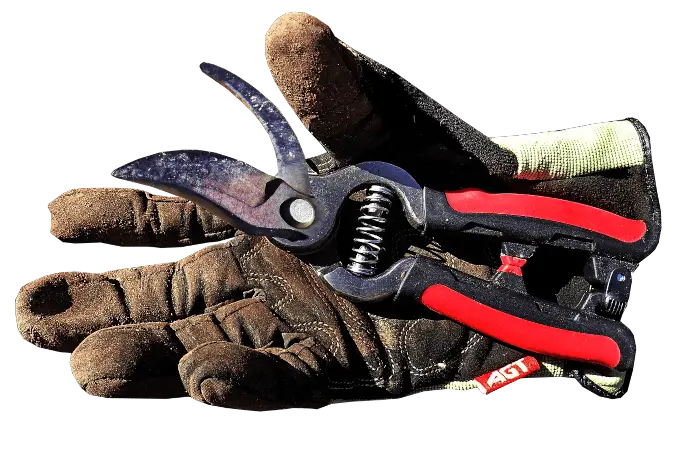
By having these essential tools and materials on hand, you’ll be well on your way to creating a thriving urban garden.
3 Basic Needs of Plants
Plants have basic needs that must be met in order for them to thrive, and these include water, soil, and sunlight. When it comes to city gardening, meeting these needs can be a bit more challenging due to limited space and resources. However, with the right techniques, you can still provide your plants with what they need to grow healthy and strong.
1. Water
Water is essential for plant growth, and it’s important to make sure your plants are getting enough of it. In a city garden, you may need to water your plants more frequently than you would in a traditional garden due to the heat and lack of rain.
It’s important to monitor the moisture levels of your soil regularly and adjust your watering schedule accordingly. Don’t overdo it as watering may wash off the nutrients from the soil.
2. Soil
Soil is another critical factor in plant growth. In a city garden, you may not have access to the same quality of soil as you would in a rural area. Therefore, it’s important to choose the right type of soil and amend it with organic matter to improve its quality. You can also consider using raised beds or containers filled with high-quality soil to give your plants the best chance at success.
3. Sunlight
Sunlight is also crucial for plant growth, and it’s important to choose the right location for your garden to ensure your plants are getting enough sunlight.
In a city garden, you may need to get creative with your placement, such as using reflective surfaces to bounce light onto your plants or choosing plants that can tolerate shade.
It the ambient temperature is too high, shielding the sun from the heat especially of the midday sun will keep it from dying up. Black nets overhead them supported by sturdy poles will lessen the drying effects of a hot sun.
By meeting the basic needs of your plants, you can create a thriving urban garden that provides you with fresh produce and a beautiful green space in the heart of the city.
Happy gardening!
